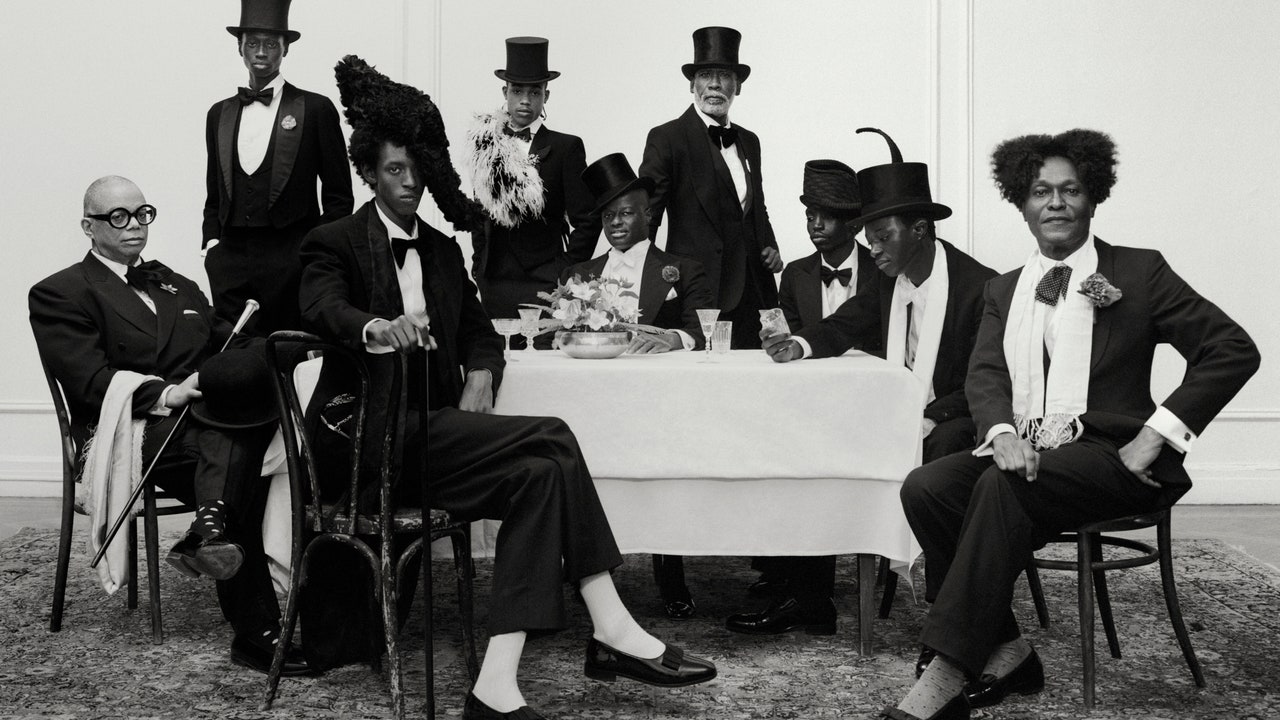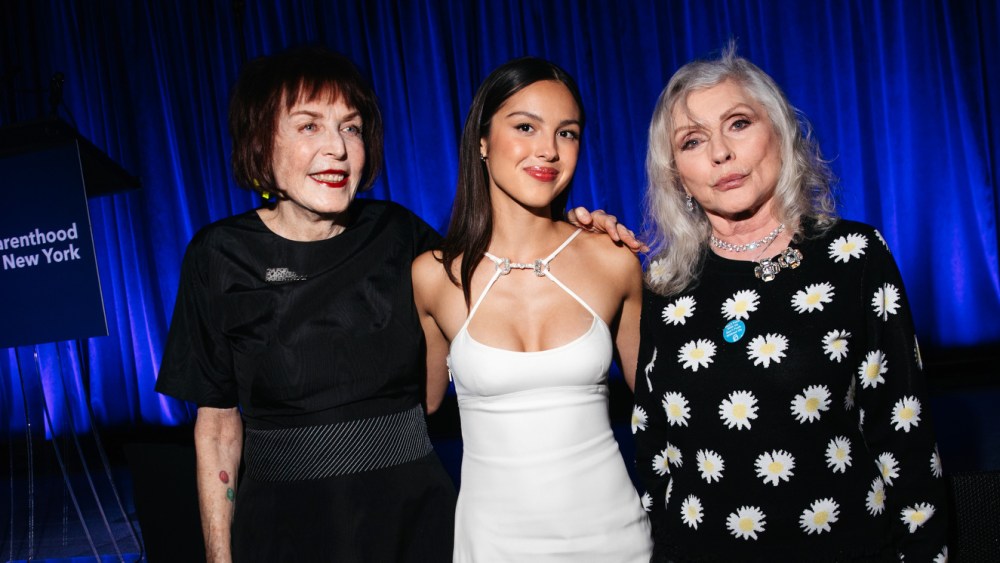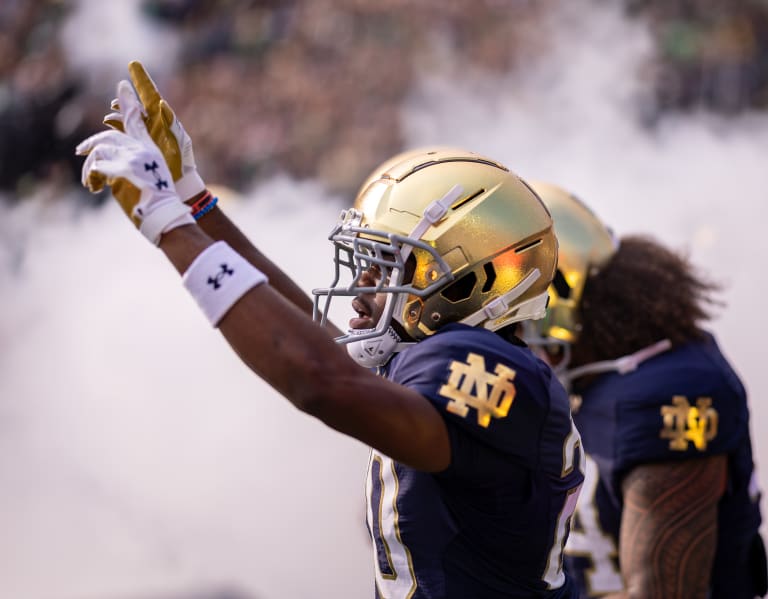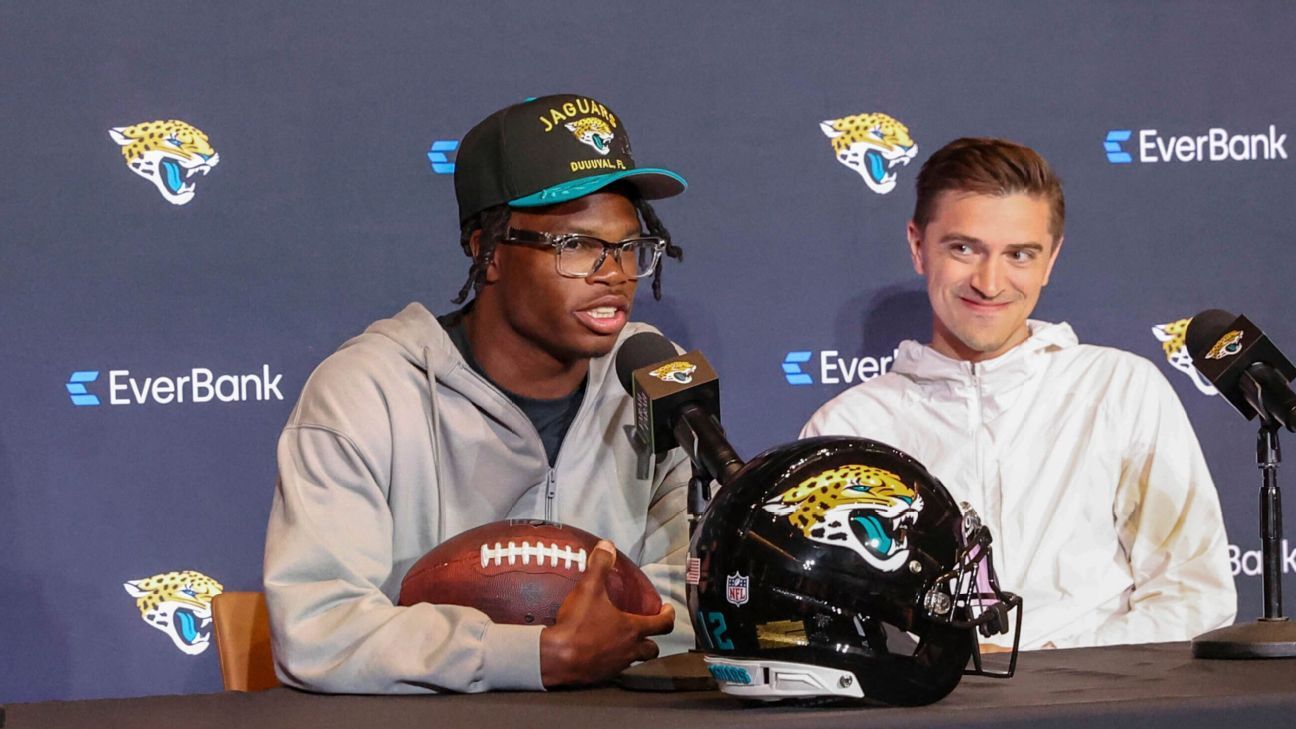
“You’re looking sharp, little man!” said the photographer as I sat down. I remember smiling bright and wide and holding on to my mother. “My mama picked it out!” I said of the suit and bow tie. The air in the room shifted. Everyone in the JCPenney photo studio looked at my mother, who was 21 and beaming, even though she was taking this family portrait alone. The nervous, pitying glances faded away. Looking “sharp” was a way to communicate to people that I was taken care of.
When I was asked to consider how I came to be a dandy—the type of man who flaunts his elevated wares much to the awe and fright of many around him—I called my mother, the person who has known me the longest. We looked over family photos and began the arduous task of dissecting every outfit I’ve ever worn. The first thing we noticed was a shift as I moved from a baby to the terrible twos. I went from being a smiling chubby infant to a smiling toddler in suits and ties. I asked my mother, Why—in a photo of me at age three that has been on display in my grandmother’s home for as long as I can remember—was I wearing a bow tie? She paused and considered before telling me the story of that day at JCPenney, a memory that brought my own into focus: memories that recur over and over throughout my life of people taking stock of me and my wares, and rewriting their narratives in real time. A dandy, at his or her core, is a rewriter of narratives—the narratives carved into a society’s understanding about the communities from which the dandy has emerged.
Wandering through The Metropolitan Museum of Art’s Costume Institute show “Superfine: Tailoring Black Style,” which is dedicated to the Black dandy through history, I see that the narrative being rewritten from the 18th century to now is painfully the same. It’s about care, self- or otherwise. From the lavish fabrics and silver collars placed upon the enslaved young boys to signify their owners’ status, to the men who rewrote the “tracksuit” from a sweat-stained garment for physical labor into an outfit that invites an enviable strut and telegraphs wealth and ease.
Even as a child I was rewriting—doing what the boys I saw in Life photographs at the HBCUs, the historically Black colleges and universities, were doing, their shoes as white as the day they bought them. The story my clothes had to tell as I walked the halls of my private school in Virginia (a school founded in 1968 as Black children were beginning to integrate wealthy public school districts) was that home was safe, my family and I were good—because I was dressed not just well but ornately. It takes time and safety to adorn oneself, and my mother provided me with both. This was the message of my immaculately tended-to cornrows, the new-seeming Tommy Hilfiger khakis I wore with a vintage Hermès belt. I was telling my classmates that even though I had a single mother I could take care of myself.
The most photographed American of the 19th century, Frederick Douglass, owned a cane upon which he had a craftsman carve the events of his life. It was a story that began in slavery, then took a turn when Douglass slipped on the uniform of a sailor, a disguise that allowed him to escape slavery and tell a new story: that he was a free man. This was in 1838. In 1841 he took his first daguerreotype, in a suit, yet another uniform that radically rewrote for the American public the account of who he was. Slavery itself rewritten.
#Modern #Dandy





